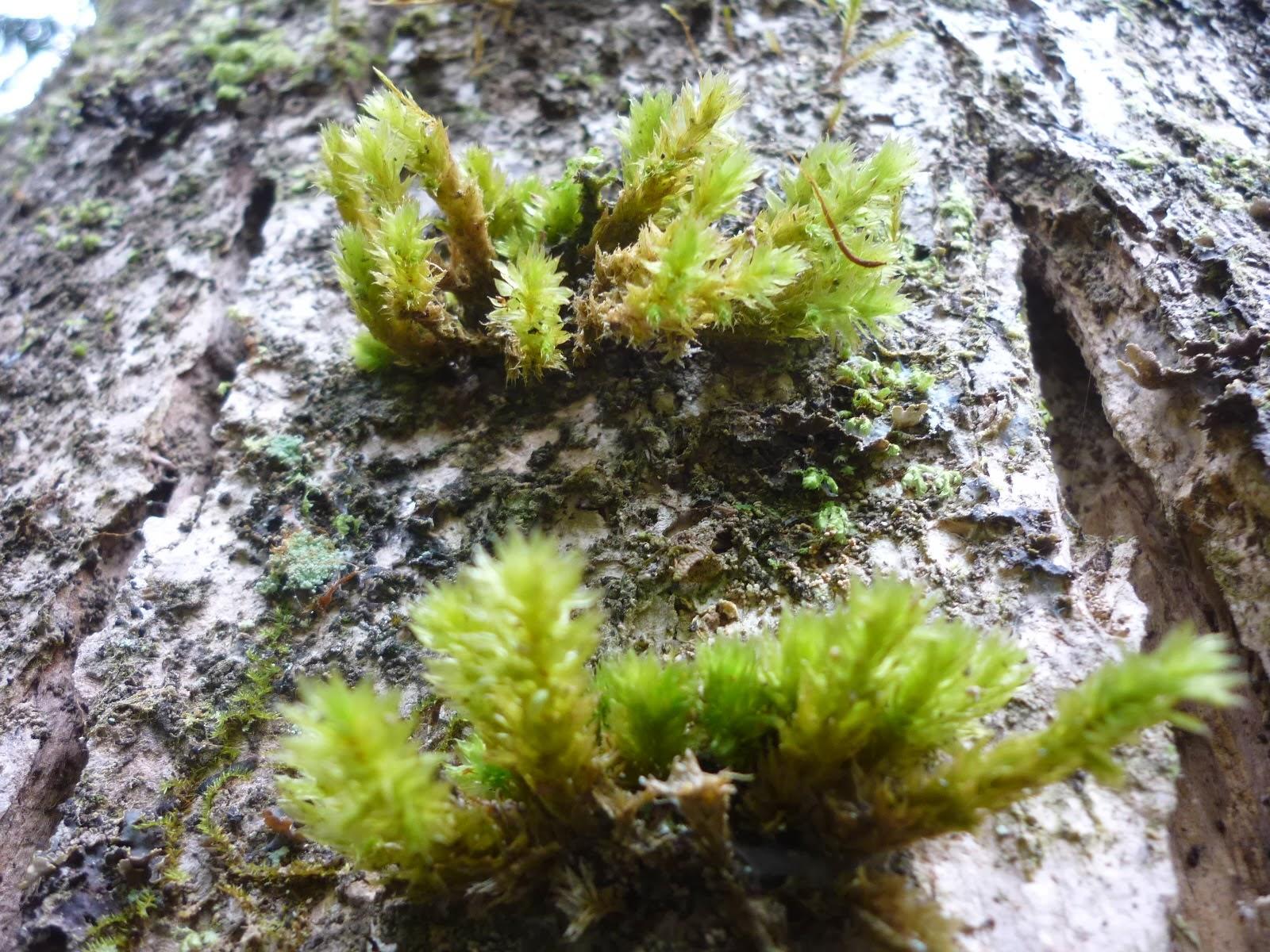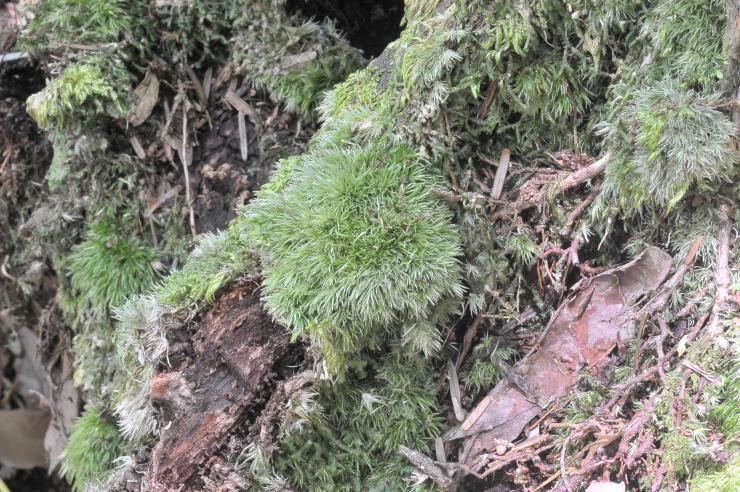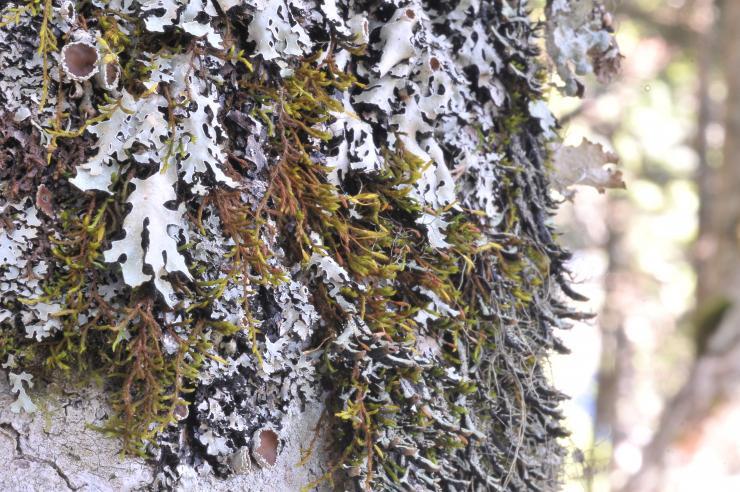Jaegerina Robillardii: A Fascinating Moss with Remarkable Features
Affiliate Disclaimer: As an affiliate, we may earn a small commission when you make a purchase from any of the links on this page at no additional cost to you!

jaegerina_scariosa.jpg from: https://www.earth.com/plant-encyclopedia/Bryophytes/Pterobryaceae/jaegerina-scariosa/en/
Jaegerina robillardii: The Remarkable Moss of the Pterobryaceae Family

16083595bb6b5297d4932aee5f359826.jpg from: https://openmuseum.tw/muse/digi_object/2355523fe7d6b11d4b7a8ac495911fd7

5856d54f21c593d9017a4c708465902e.jpg from: https://openmuseum.tw/muse/digi_object/944be5363af1050246cc941b5ca41998
Introduction
Jaegerina robillardii Müll.Hal., commonly known as Jaegerina, is a fascinating species of moss belonging to the Pterobryaceae family. This unique moss has captured the attention of botanists and enthusiasts alike due to its distinct morphology and ecological adaptations. In this blog post, we will delve into the world of Jaegerina robillardii and explore its characteristics, distribution, and ecological significance.
Background
Jaegerina robillardii is a member of the Bryophyta division, specifically the Bryopsida class. The Pterobryaceae family, to which Jaegerina belongs, is known for its pleurocarpous mosses that typically grow on trees or rocks. The specific epithet “robillardii” honors the French botanist Robillard, who made significant contributions to the study of mosses.
Morphology and Identification
One of the most striking features of Jaegerina robillardii is its distinctive morphology. The moss forms dense, cushion-like mats that can range in color from dark green to yellowish-green. The stems are creeping and branched, with leaves arranged in a complanate (flattened) manner. The leaves themselves are ovate to lanceolate in shape and have a sharp, acuminate apex.
Identifying Jaegerina robillardii requires careful observation of its microscopic characteristics. The leaf cells are elongated and smooth, with a single costa (midrib) that extends to the leaf apex. The presence of alar cells at the leaf base is another key identifying feature.
Global Distribution and Habitat
Jaegerina robillardii has a wide global distribution, found in various regions across the world. It is particularly prevalent in tropical and subtropical areas, including parts of Africa, Asia, and the Americas. This moss thrives in humid environments and is often found growing epiphytically on the bark of trees or on rock surfaces in forests and woodlands.
The ability of Jaegerina robillardii to colonize diverse substrates and adapt to different environmental conditions has contributed to its successful distribution. It can tolerate a range of light levels, from deep shade to partial sunlight, and can withstand periods of drought by entering a dormant state.
Ecological Roles and Adaptations
As an epiphytic moss, Jaegerina robillardii plays a significant role in the ecosystems it inhabits. It contributes to the biodiversity of forest canopies and provides microhabitats for various invertebrates and microorganisms. The dense mats formed by this moss help in moisture retention, nutrient cycling, and erosion control on the surfaces it grows on.
Jaegerina robillardii has developed several adaptations to thrive in its environment. Its complanate leaf arrangement maximizes light capture for photosynthesis in shaded conditions. The moss also has the ability to absorb and retain water efficiently, thanks to its specialized leaf cells and rhizoids (root-like structures).
| Characteristic | Description |
|---|---|
| Family | Pterobryaceae |
| Genus | Jaegerina |
| Species | J. robillardii |
| Growth Form | Pleurocarpous |
| Leaf Shape | Ovate to lanceolate |
| Leaf Apex | Acuminate |
| Costa | Single, extending to apex |
| Alar Cells | Present |
Conclusion
Jaegerina robillardii Müll.Hal. is a remarkable moss species that showcases the incredible diversity and adaptability of bryophytes. Its distinct morphology, wide distribution, and ecological roles make it a fascinating subject of study for botanists and enthusiasts alike. As we continue to explore the world of mosses, Jaegerina robillardii reminds us of the hidden wonders that can be found in the smallest of organisms. So the next time you come across a cushion of moss on a tree or rock, take a closer look—you might just be in the presence of the extraordinary Jaegerina robillardii!
